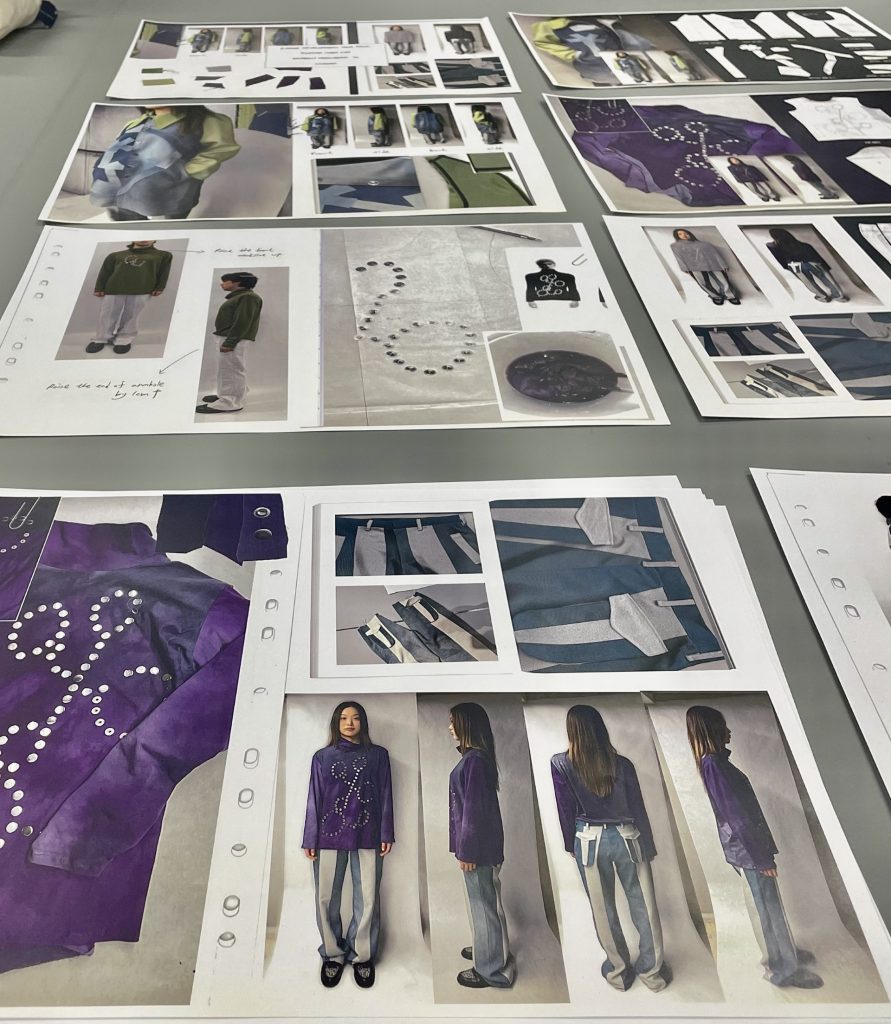
Peer feedback is often promoted as an essential learning tool in higher education, particularly in creative disciplines where critique plays a central role. However, its effectiveness is not always straightforward. While peer feedback has the potential to foster collaborative learning and critical engagement, students often struggle with it, especially when it lacks clear structure or support from academic staff.
Brooks (2008) highlights how art, media, and design students benefit from peer feedback sessions as these encourage collaborative learning. Similar strategies could also be applied to essay-based assessments, allowing students to engage more deeply with their work. However, in my experience, students—particularly those with lower English language proficiency—find peer feedback difficult to navigate. When asked to critique one another’s work, students often hesitate, unsure of how to provide constructive criticism or feeling unqualified to assess their peers’ efforts.
One alternative approach is peer-+-peer learning rather than peer-to-peer feedback. When students are asked to work together on creative problems, they often engage naturally in skill-sharing and knowledge exchange. In contrast, when tasked with critiquing each other’s work, they may feel pressured to conform to what they think academic staff expect, rather than offering genuine insights. This suggests that fostering more organic peer interactions, rather than enforcing formal peer critiques, may be a more effective approach in creative education.
Additionally, students tend to look to authoritative figures—academic staff or industry professionals—for validation rather than their peers. This could be due to assumptions about their peers’ expertise or knowledge levels. As a result, peer critique sessions can sometimes feel ineffective or forced. However, informal studio-based discussions, where students share ideas and feedback spontaneously, can be highly productive. These organic exchanges often occur without direct academic facilitation but still contribute significantly to student learning.
Palmer and Blake (2018) discuss the Learning Loop model in the Harvard Business Review, outlining four key stages of learning: gaining knowledge, applying knowledge, receiving feedback, and reflecting on that feedback. This model aligns well with the creative learning process. While peer feedback has a place within this cycle, it must be implemented thoughtfully to ensure students feel supported and confident in both giving and receiving critique.
To make peer feedback more effective, academic staff should consider:
- Providing clear guidance – Structured frameworks can help students understand how to critique work constructively.
- Encouraging collaborative learning over formal critique – Allowing students to solve creative problems together may foster better peer engagement.
- Recognising language barriers and cultural differences – Not all students are comfortable with direct criticism, so alternative feedback methods (e.g., visual annotations, guided discussions) may be useful.
- Facilitating informal peer exchanges – Encouraging spontaneous peer discussions in studio environments can lead to more authentic and meaningful feedback experiences.
By rethinking how peer feedback is structured, educators can create more inclusive and effective feedback mechanisms that truly support student development.
References:
- Brooks, K. (2008) ‘“Could do better?”: students’ critique of written feedback’, Art, Design & Communication in Higher Education.
- Palmer, M., & Blake, M. (2018). Peer Learning: A Reflection on the Pros, Cons, and Contextual Factors in Higher Education. Journal of Peer Learning, 11, 78-92.
- Pressbooks (n.d.) ‘Chapter 2: Peer Learning: Pros, Cons, and Contextual Factors in Higher Education’, Inclusive Peer Learning & Augmented Reality in Higher Education: A Technology-Enhanced Learning (TEL) Perspective. Available at: https://pressbooks.pub/ipear/chapter/chapter-2-peer-learning-pros-cons-and-contextual-factors-in-higher-education/.
Leave a Reply